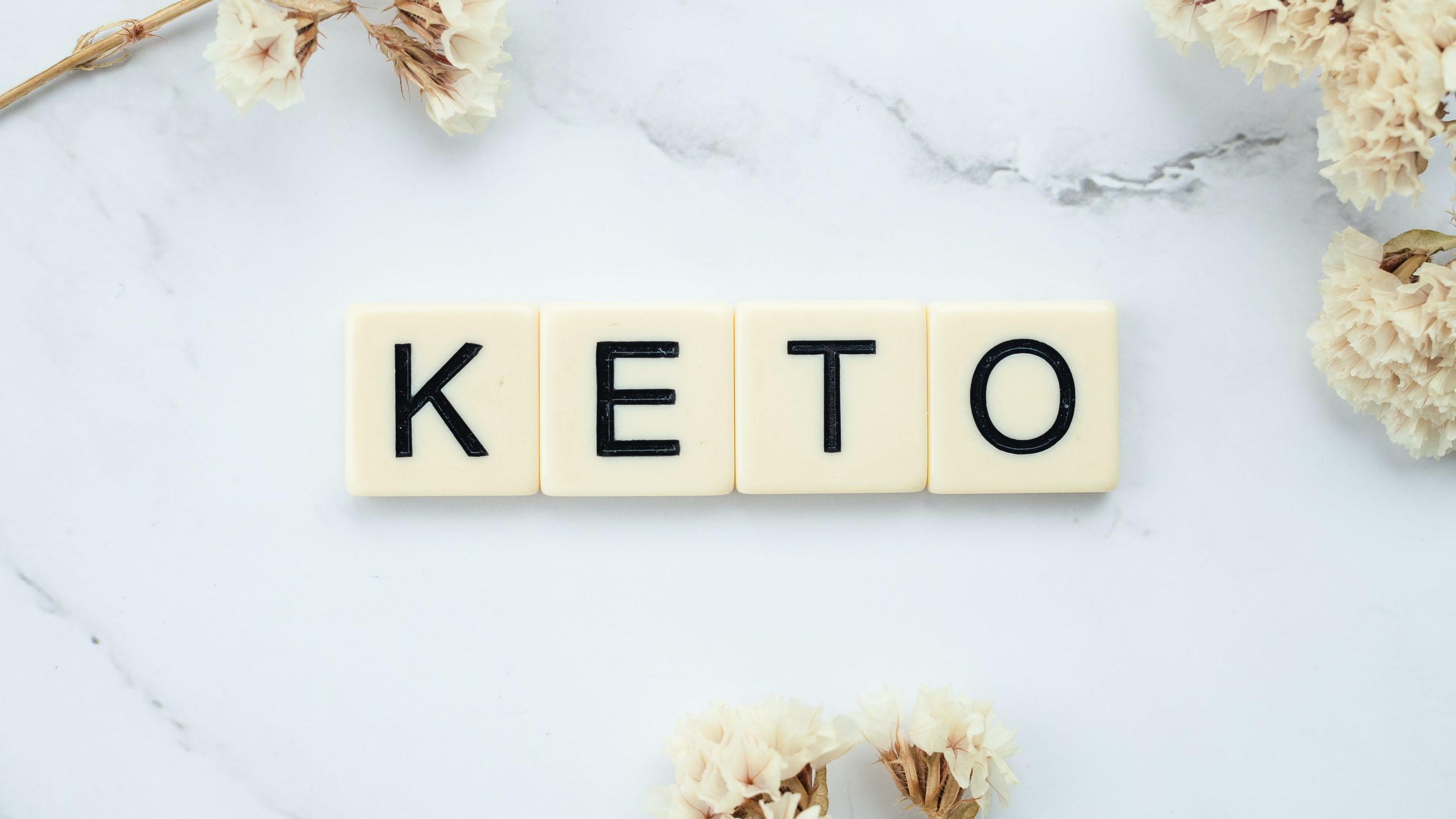Paleo or Keto?
The paleo and keto diets are both popular low-carb diets that have gained a lot of attention in recent years. Are they the best diet? While they share some similarities, there are also some key differences between the two. In this blog post, we’ll compare and contrast the paleo and keto diets to help you decide which one might be right for you.
Paleo Diet
The paleo diet is based on the idea that we should eat like our ancestors did, focusing on whole, unprocessed foods such as meat, fish, fruits, and vegetables. The paleo diet eliminates processed foods, grains, and dairy. The diet emphasizes organic, grass-fed, and free-range animal products, as well as healthy fats, such as coconut oil and avocado.
Benefits of the Paleo Diet
The paleo diet may have several benefits, including improved blood sugar control, weight loss, and reduced inflammation. It is also a nutrient-dense diet that promotes the consumption of whole foods and limits processed and refined foods.
Potential Drawbacks of the Paleo Diet
The paleo diet can be restrictive and may lead to nutrient deficiencies if not followed correctly. The elimination of grains and dairy can lead to a lack of calcium, vitamin D, and other essential nutrients. The paleo diet can also be expensive due to the emphasis on organic, grass-fed, and free-range animal products.
Keto Diet
The keto diet is a high-fat, low-carb diet that aims to put your body into a state of ketosis, whereit burns fat for fuel instead of carbohydrates. The diet encourages the consumption of healthy fats such as avocado, coconut oil, and nuts, and limits carbohydrates, including grains, fruits, and some vegetables.
Benefits of the Keto Diet
The keto diet has been shown to be effective for weight loss and improving blood sugar control in people with type 2 diabetes. The diet may also have potential benefits for neurological conditions such as epilepsy and Alzheimer’s disease.
Potential Drawbacks of the Keto Diet
The keto diet can be difficult to follow and may cause side effects such as fatigue, headaches, and constipation in some people. The diet can also lead to nutrient deficiencies if not followed correctly, as it restricts certain foods such as fruits and some vegetables. The high intake of fat can also increase the risk of heart disease if unhealthy fats are consumed.
Both the paleo and keto diets limit carbohydrate intake and emphasize the consumption of healthy fats. However, the paleo diet includes a wider variety of foods, including fruits, vegetables, and some starchy vegetables, while the keto diet restricts most carbohydrates, including fruits and some vegetables.
The paleo diet focuses on the quality of the food, emphasizing organic, grass-fed, and free-range animal products, while the keto diet is more flexible in terms of the quality of the food consumed, as long as it fits within the macronutrient ratios.
Both diets can offer potential health benefits, such as weight loss and improved blood sugar control, but they may not be suitable for everyone. It’s important to speak with a healthcare professional or registered dietitian to determine which diet may be right for you based on your individual health needs and goals.
In short…
The paleo and keto diets are both popular low-carb diets that may offer potential health benefits. The paleo diet emphasizes whole, unprocessed foods and eliminates grains and dairy, while the keto diet is a high-fat, low-carb diet that aims to put your body into a state of ketosis. While both diets may have benefits, it’s important to consider the potential drawbacks and speak with a healthcare professional before making any dietary changes. Ultimately, the best diet for you is one that you can sustain long-term and that meets your individual health needs and goals.



